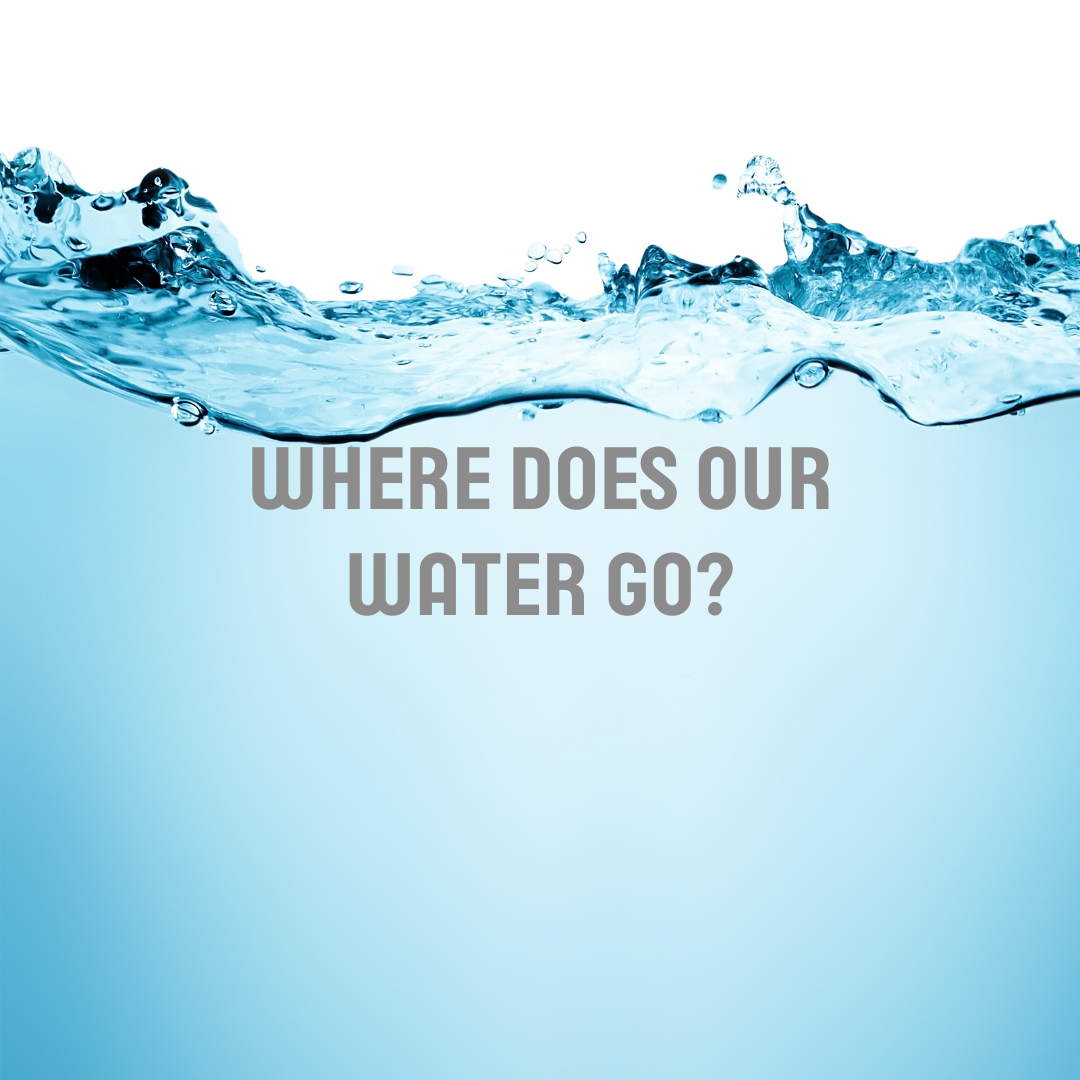Out of sight, out of mind. It’s a phrase we’ve all heard but this mindset is a dangerous attitude to adopt. We, as humans, are on average 60% water and water makes up around 70% of Earth’s surface. These are both large percentages. Needless to say, water is important but we must take great care when it comes to the health of our water supply. “Water is finite, constantly being recycled and reused via the water cycle.
Understanding how water moves is important to understanding how our actions affect this resource” (NOAA, n.d.). A watershed is defined as a region in which all of the water including rainfall, rivers, precipitation, and even tidal flows contribute to the same water source.
A watershed can also be referred to as a drainage basin. In coastal regions, watersheds fluctuate throughout the month and the actions of locals can be even more paramount due to proximity to the sea. Coastal regions are delicate and sensitive to pollution through runoff and sheet flow. Every time we pour something down the drain or flush it away, that water doesn’t just go away. It has to flow somewhere so it enters systems of pipes and treatment plants, then rivers and ultimately our oceans. Along the way, it carries everything we’ve put into it: detergents, chemicals, pharmaceuticals, microplastics, and pollutants. These contaminants don’t vanish; they harm ecosystems, wildlife, and the water we all rely on for life. These pollutants are not easily filtered out.
Microplastics, for example, cannot be fully removed from water. They accumulate in
our bodies and in the bodies of marine life, and the food we eat can become full of unknown toxins. We need to break free from the illusion that our waste is “gone” once it’s out of sight. Healing this mindset starts with understanding the journey of our water and making conscious choices.
Everything is connected and every choice we make about the products we bring into our homes matters. By switching to sustainable products, like Proofed!’s 100% plastic-free laundry sheets, and by reducing what we send down the drain, we can protect our waterways and ensure a healthier future for everyone. Water connects us all but it’s not infinite even though it can seem so. Let’s honor it by keeping it healthy.
One action you can take today is:
1. Look into Proofed! and see if it better aligns with your health goals for you, your family, and the planet.
2. Use up the laundry detergent you already have—one of the most sustainable actions you can take is to use what you already have in the home, producing as little waste as
possible.
by Jianna Wankel
NOAA. (n.d.). What is a watershed? Retrieved from
https://www.fisheries.noaa.gov/new-england-mid-atlantic/habitat-conservation/what-watershed
Yusop, Z., Ramli, Z., Zakaria, S., & Basri, H. (2022). Water cycle and watershed management
for sustainable development: An overview. IOP Conference Series: Earth and Environmental
Science, 993(1), 012019.
https://iopscience.iop.org/article/10.1088/1755-1315/993/1/012019/meta
Where Does Our Water Go?
